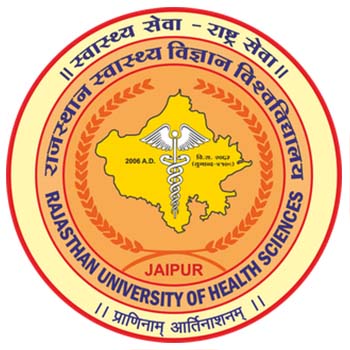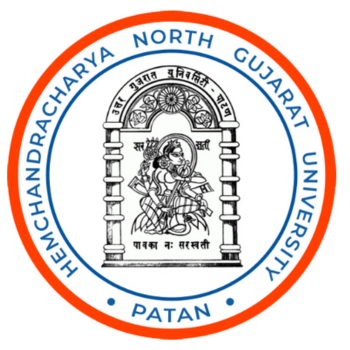Uttaranchal Institute of Technology (UIT) Dehradun has established itself as a prominent destination for technical education in North India, with a placement ecosystem that reflects both its strengths and evolving challenges. Over the years, the institute has cultivated industry partnerships and structured training programs to bridge the gap between academic learning and corporate requirements, offering students diverse opportunities across sectors. The institute’s placement data reveals distinct trends across programs:
Table of Contents
- UIT Dehradun-Placement Overview
- UIT Dehradun-Key Trends in Engineering Placements
- UIT Dehradun-Management and Non-Engineering Streams
- UIT Dehradun-Recruiter Engagement and Industry Partnerships
- UIT Dehradun-Placement Process and Skill Development
- UIT Dehradun-Industry Alignment and Career Pathways
- UIT Dehradun-Challenges and Future Outlook
UIT Dehradun-Placement Overview
| Branch/Course | Avg Package
(LPA) | Highest Package
(LPA) | % Placed | College Avg Placement
(LPA) | Additional Info | Student Review on Placement Data |
| B.Tech | 4.5–6 | 12–15 | 75–80% | 5.2 | Amazon, TCS, Wipro recruiters | Good placement support with top companies visiting campus regularly |
| B.Tech | 3.5–4.5 | 7–8 | 65–70% | 4.1 | Core companies like L&T, Mahindra | Limited core sector opportunities but decent package range |
| B.Tech | 3–4 | 6–7 | 60–65% | 3.8 | Infrastructure companies participate | Placement cell needs more core company tie-ups |
| MBA | 4–5.5 | 9–10 | 70–75% | 4.8 | Banking & retail sectors dominant | Average placements compared to other MBA colleges in region |
| B.Sc | 2.5–3.5 | 5–6 | 55–60% | 3.1 | Startups and local IT firms | Basic placement assistance for non-engineering streams |
| BCA | 2.2–3 | 4.5–5 | 50–55% | 2.8 | Limited MNC participation | Few product companies visit for computer applications |
| BBA | 2.5–3.2 | 4.8–5.5 | 60–65% | 3 | Local businesses main recruiters | Marketing roles dominate placements |
UIT Dehradun-Key Trends in Engineering Placements
B.Tech programs demonstrate a clear hierarchy in placement outcomes. Computer Science and related specializations attract premium packages, with top recruiters like Amazon offering salaries up to 15 LPA. This aligns with national trends where IT and software roles dominate campus hiring. Core engineering branches, such as Mechanical and Civil, see moderate engagement from infrastructure and manufacturing firms, with average packages between 3.5–4.5 LPA. While placement rates for these streams remain above 60%, students often highlight the need for stronger ties with core-sector giants.
UIT Dehradun-Management and Non-Engineering Streams
The MBA program achieves 70–75% placement rates, primarily in banking and retail, reflecting broader industry demand. However, the absence of global consulting firms limits top-tier opportunities. Non-engineering courses like BCA and B.Sc face steeper challenges, with 50–60% placement rates and reliance on regional startups. The BBA program sees stronger traction in marketing roles, though compensation lags behind metropolitan business schools.
UIT Dehradun-Recruiter Engagement and Industry Partnerships
UIT’s recruiter portfolio includes a mix of multinational corporations and domestic players. Technology leaders like TCS and Wipro regularly participate in placements, while core engineering firms such as L&T and Mahindra contribute to sector-specific hiring. The institute has also partnered with organizations like CSI (Computer Society of India) to enhance industry-academia collaboration, though students note uneven participation from product-based tech companies.
UIT Dehradun-Placement Process and Skill Development
The placement cycle typically begins with pre-placement talks and aptitude tests, followed by technical interviews and group discussions. UIT’s training cell organizes coding boot camps, mock interviews, and soft-skills workshops to prepare students. This structured approach has improved interview clearance rates, particularly for IT roles. However, gaps persist in advanced training for core engineering sectors, where students often rely on external certifications.
UIT Dehradun-Industry Alignment and Career Pathways
UIT’s curriculum incorporates project-based learning and internships, with 6-month industry engagements mandatory for engineering students. This exposure helps learners adapt to real-world challenges, though internship-to-placement conversion rates vary by department. Emerging fields like AI and renewable energy have sparked curriculum updates, but placement outcomes in these niches remain nascent.
UIT Dehradun-Challenges and Future Outlook
While UIT delivers consistent results in IT placements, diversifying recruiter bases for core engineering and non-engineering streams remains a priority. The institute plans to expand its corporate outreach program and strengthen alumni networks to address this. Recent infrastructure investments, including upgraded labs and innovation centers, aim to attract R&D-focused organizations. For aspiring students, UIT offers a balanced environment with robust support for IT careers and growing opportunities in traditional engineering sectors. Its placement ecosystem mirrors broader Indian higher education trends, where technology-driven roles outpace other disciplines but institutions increasingly prioritize holistic industry readiness.










